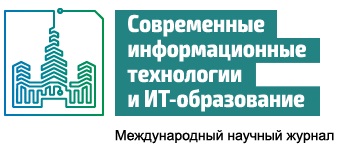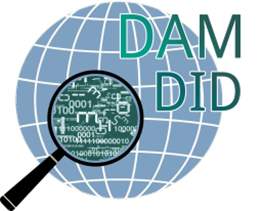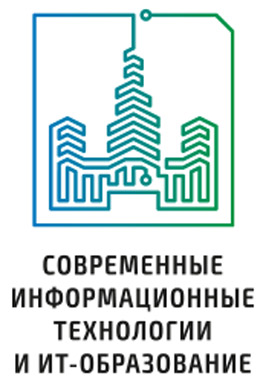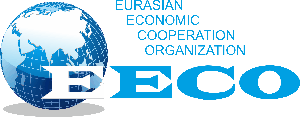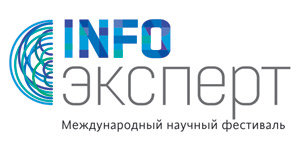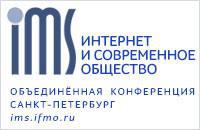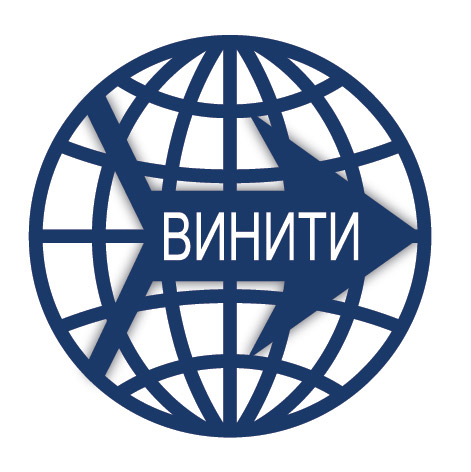Применение механизмов работы искусственной иммунной системы для решения задачи обнаружения аномалий в рядах данных
Аннотация
Биология всегда была источником идей для различных наук. Не являются исключением и компьютерные науки. Так, например, уже получили широкое распространение нейронные сети и генетические алгоритмы. В последние десятилетия проявляется активное внимаю к изучению механизмов иммунной системы. Ее принципы работы имеют широкое приложение в ряде задач оптимизации, обработки и анализа данных и многих других. Обнаружение аномалий в поведении системы или процессов является важной задачей для многих приложений, задача заключается в изучении особенностей применения этого механизма, программно его реализовать и проанализировать его работу.
Анализ данных работ показал, что данные методы показывают хорошие результаты, однако имеют ряд недостатков, самыми существенными из которых является сложность организации и большое время, затрачиваемое на обучение. Таким образом, ставится проблема разработки новых алгоритмов, сравнимых по скорости принятия решения с искусственными сетями и экспертными системами и при этом обладающих меньшим временем обучения. Одним из путей решения этой задачи является разработка модели принятия решений на основе искусственной иммунной системы. Целью работы является разработка и исследование модели формализации процесса принятиярешений в поиске аномалий данных с использованием искусственной иммунной системы.
Нормальное поведение системы зачастую характеризуется дискретными временными рядами наблюдений. В этом случае задачу нахождения аномалий можно сформулировать как задачу нахождения недопустимых отклонений в характеристиках системы.
Искусственная иммунная система представляет идеализированный вариант естественного аналога и воспроизводит ключевые составляющие природного процесса: отбор лучших антител популяции в зависимости от степени их аффинитета (близости) к антигену, клонирование антител, мутация антител.

Это произведение доступно по лицензии Creative Commons «Attribution» («Атрибуция») 4.0 Всемирная.
Редакционная политика журнала основывается на традиционных этических принципах российской научной периодики и строится с учетом этических норм работы редакторов и издателей, закрепленных в Кодексе поведения и руководящих принципах наилучшей практики для редактора журнала (Code of Conduct and Best Practice Guidelines for Journal Editors) и Кодексе поведения для издателя журнала (Code of Conduct for Journal Publishers), разработанных Комитетом по публикационной этике - Committee on Publication Ethics (COPE). В процессе издательской деятельности редколлегия журнала руководствуется международными правилами охраны авторского права, нормами действующего законодательства РФ, международными издательскими стандартами и обязательной ссылке на первоисточник.
Журнал позволяет авторам сохранять авторское право без ограничений. Журнал позволяет авторам сохранить права на публикацию без ограничений.
Издательская политика в области авторского права и архивирования определяются «зеленым цветом» в базе данных SHERPA/RoMEO.
Все статьи распространяются на условиях лицензии Creative Commons «Attribution» («Атрибуция») 4.0 Всемирная, которая позволяет другим использовать, распространять, дополнять эту работу с обязательной ссылкой на оригинальную работу и публикацию в этом журналe.
